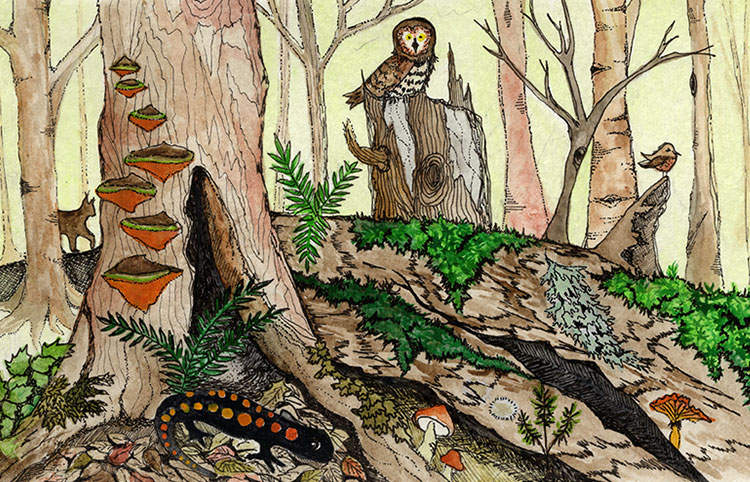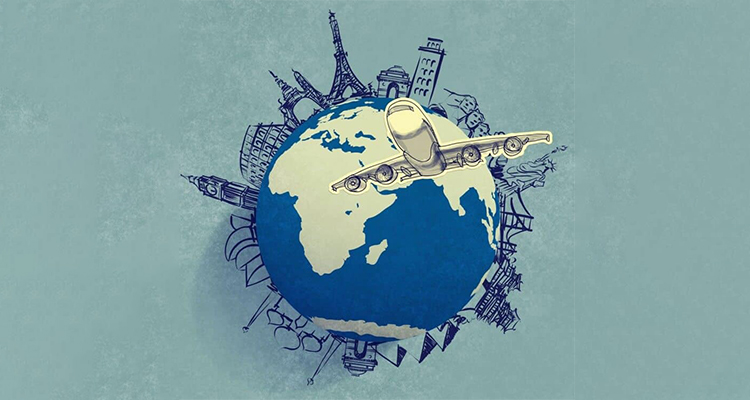While some people who crave danger may lack fulfilling alternatives, many seek thrill for personal growth, achievement, and mental health benefits, challenging the notion that they have “nothing better to do.”
I. Introduction
- Hook: Those who crave danger are mindless and selfish.
- Background: Overview of the reasons behind thrill-seeking behaviour.
- Thesis Statement: Craving danger is not necessarily due to a lack of better alternatives; it can be motivated by personal growth, achievement, and mental health benefits.
II. Supporting View 1: Lack of Purpose and Alternatives
- Topic Sentence: Some crave danger as there might not be better alternatives.
- Example 1: Urban exploration in abandoned buildings in the UK (2019-2021). Young people explore dangerous sites due to boredom and lack of opportunities (source: The Guardian, 2019).
- Example 2: Illegal street racing in South Africa (2018-2021) as a thrill-seeking activity.
- Context: Participants often lack access to structured motorsport opportunities (source: BBC, 2020).
- Example 3: Cliff jumping in Greece (2017-2021) among unemployed youth.
- Context: High unemployment rates drive young people to seek thrills (source: Reuters, 2018).
- Analysis: For some, thrill-seeking fills a void created by lack of purpose or opportunities.
III. Supporting View 2: Personal Growth and Achievement
- Topic Sentence: Some crave danger for thrill-seeking high. They feel that such danger is good for personal growth.
- Example 1: Mountaineering in Nepal (2016-2021) as a personal challenge. Climbers aim to conquer Everest for personal accomplishment (source: The Guardian, 2019).
- Example 2: Free solo climbing in Europe (2017-2021) by professional athletes. Athletes push their limits for achievement and recognition (source: BBC, 2018).
- Example 3: Ultra-marathon running in the Sahara (2018-2021) for extreme endurance.
- Context: Participants test their physical and mental limits (source: Reuters, 2019).
- Analysis: Personal growth and the pursuit of achievement drive many to seek dangerous activities.
IV. Supporting View 3: Mental Health Benefits
- Topic Sentence: Some who crave danger and thrill opine that such adventure can provide significant mental health benefits.
- Example 1: Skydiving in New Zealand (2016-2021) as therapy for PTSD. Veterans use extreme sports to cope with trauma (source: The Guardian, 2018).
- Example 2: Bungee jumping in Switzerland (2017-2021) for adrenaline therapy. Participants report reduced anxiety and stress levels (source: BBC, 2019).
- Example 3: Adventure racing in South Africa (2018-2021) for depression. Outdoor challenges improve mental health and well-being (source: Reuters, 2020).
- Analysis: Thrill-seeking activities can offer therapeutic benefits and improve mental health.
V. Opposing View 1: Thrill-Seeking as a Distraction from Life’s Issues
- Topic Sentence: Some use thrill-seeking as a distraction from personal problems.
- Example 1: BASE jumping in Norway (2017-2021) as an escape.
- Participants often seek relief from personal stresses (source: The Guardian, 2020).
- Example 2: High-risk skateboarding in Spain (2018-2021) to avoid life pressures. Young people turn to extreme sports to cope with societal pressures (source: BBC, 2019).
- Example 3: Parkour in France (2019-2021) to escape urban life challenges.
- Context: Practitioners use parkour to navigate and escape urban stress (source: Reuters, 2020).
- Analysis: For some, thrill-seeking serves as a means of escaping personal or societal issues.
VI. Opposing View 2: Thrill-Seeking Due to Societal Influence
- Topic Sentence: Societal and cultural influences drive some people to seek danger.
- Example 1: Extreme sports in Japan (2018-2021) influenced by media. Media glorification of extreme sports increases participation (source: BBC, 2020).
- Example 2: Adventure tourism in Iceland (2017-2021) driven by social media. Social media trends encourage risky tourist behaviours (source: Reuters, 2019).
- Example 3: Dangerous stunts in Russia (2019-2021) inspired by online challenges. Viral internet challenges push people towards risky activities (source: The Guardian, 2021).
- Analysis: Societal and cultural pressures can significantly influence thrill-seeking behaviour.
VII. Opposing View 3: Controlled Risk-Taking as Part of Professional Pursuits
- Topic Sentence: For some, thrill-seeking is an integral part of their personal and professional pursuits.
- Example 1: Professional stunt performers in the UK (2016-2021). Thrill-seeking is part of their job and skill set (source: BBC, 2019).
- Example 2: Scientific research expeditions in Antarctica (2017-2021). Researchers face extreme conditions for scientific discovery (source: Reuters, 2020).
- Example 3: Wildlife photographers in Africa (2018-2021). Documenting wildlife requires facing dangerous environments (source: The Guardian, 2021).
- Analysis: For professionals, thrill-seeking is often a necessary and calculated part of their careers.
VIII. Conclusion
- Restate Thesis: Craving danger is not necessarily due to a lack of better alternatives; it can be motivated by personal growth, achievement, and mental health benefits.
- Summary of Key Points: Lack of purpose, personal growth, mental health versus distraction, societal influence, professional pursuits.
- Final Thought: Understanding the diverse motivations behind thrill-seeking can help address misconceptions and provide better support for those engaged in such activities.








